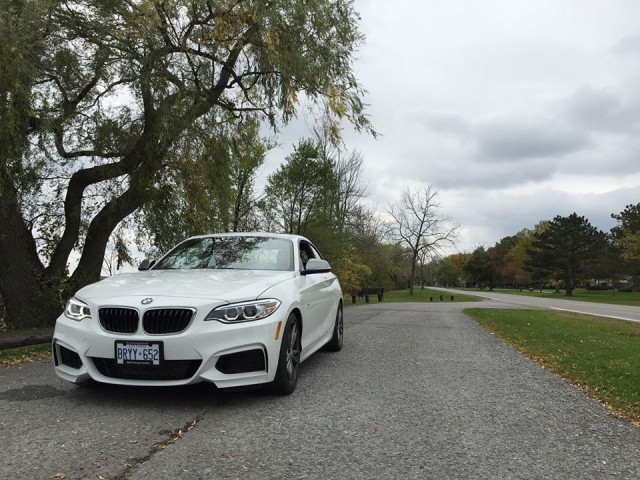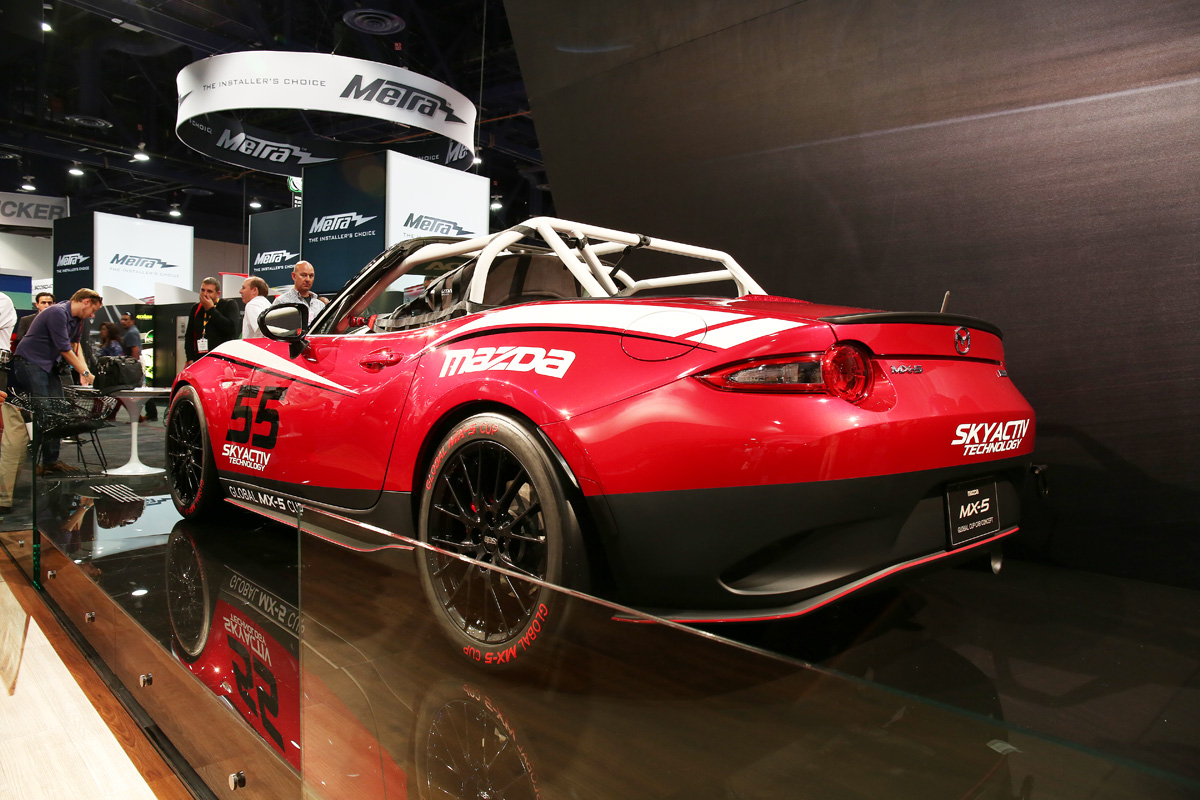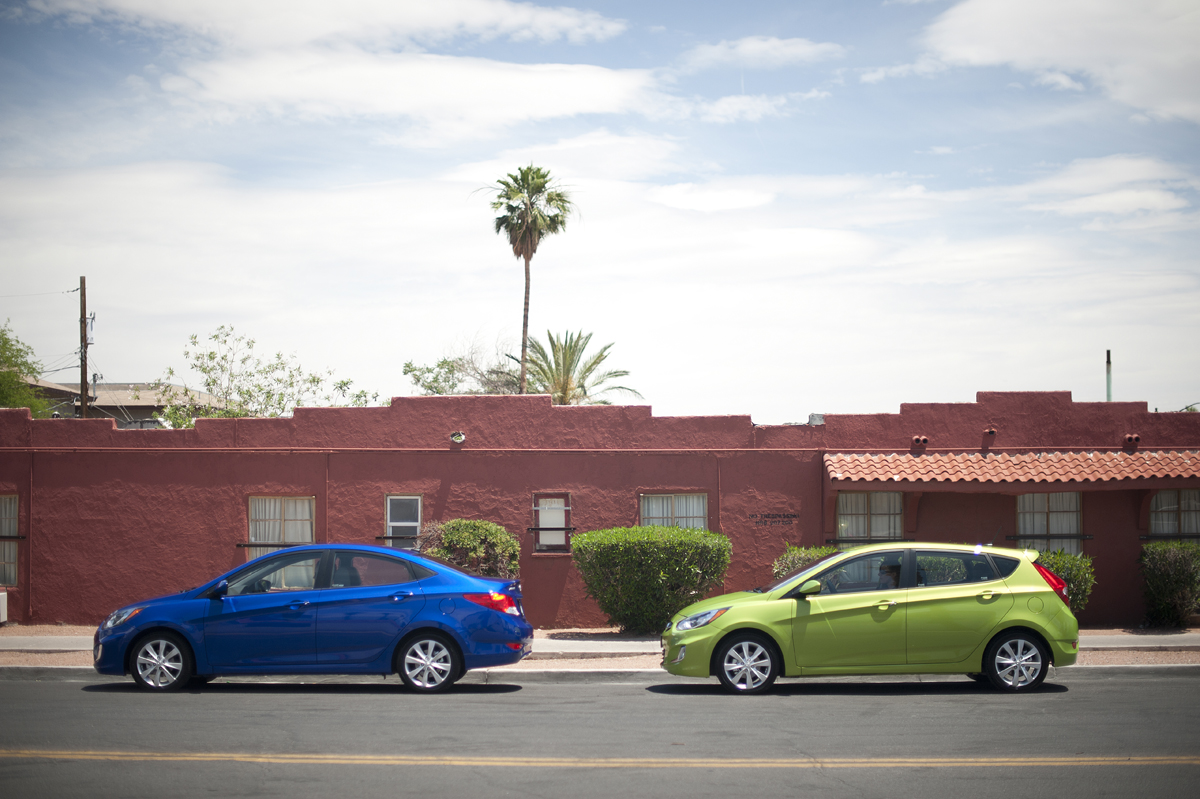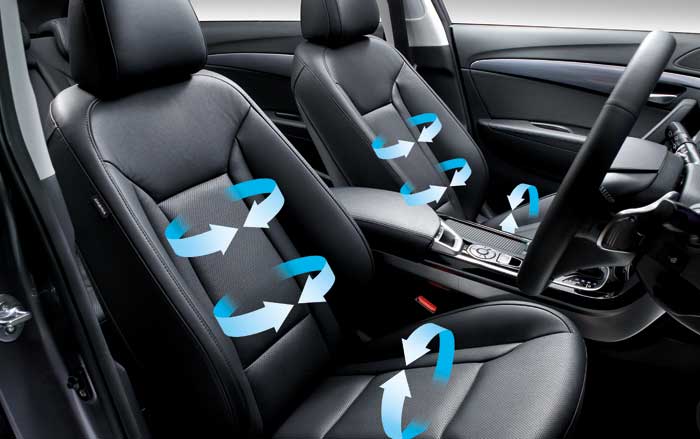Hyundai, Porsche double category winners of AJAC Car of Year Canada awards

Hyundai and Porsche were among the brands that came up big yesterday, with double wins each, when the Automobile Journalists Association of Canada (AJAC) announced their “Best New” category winners for the 2015 Canadian Car of the Year (CCOTY) awards.
The 2015 Hyundai Sonata took best family car over $30,000 and the Genesis sedan the best luxury car over $50,000, and on the Porsche side the 911 Turbo S won the prestige/performance over $75,000 category with the Macan S receiving the nod for the SUV/CUV over $60,000.
“The Sonata is one smooth sedan, doing all the things it needs to do right. Good power, even from the base 2.4 litre, smooth transmission, quiet and comfortable with plenty of space inside and the trunk. The new interior looks sharp, stereo and controls are easy to use and the seats are comfortable. Much wow for such an unassuming everyday segment,” said one of the journalists that evaluated the car at TestFest. This year, 49 new vehicle models were tested across 15 categories.

Other notable mentions include the Honda Fit (small car under $21,000), the Volkswagen Golf (small car over $21,000), the BMW M235i (sports/performance under $50,000) and the Toyota Highlander (SUV/CUV between $35,000 and $60,000).
The overall 2015 AJAC Canadian Car of the Year and Truck of the Year recipients will be announced at the Canadian International Auto Show in Toronto in February.
More details about some of the winners (as tested):
2015 Hyundai Sonata
Engine: 2.4 L four cylinder
Horsepower: 185
Torque (lb-ft): 178
Transmission: six-speed automatic
Fuel consumption (city/highway L/100 km): 9.8/6.7
2015 Hyundai Genesis
Engine: 3.8 L V6
Horsepower: 311
Torque (lb-ft): 293
Transmission: eight-speed automatic
Fuel consumption (city/highway L/100 km): 14.4/9.4

2015 Volkswagen Golf
Engine: 1.8 L four cylinder
Horsepower: 180
Torque (lb-ft): 185
Transmission: six-speed automatic
Fuel consumption: 9.3/6.5
2015 Porsche 911 Turbo S
Engine: 3.8 L V6
Horsepower: 560
Torque (lb-ft): 553
Transmission: PDK seven-speed automatic
Fuel consumption: 13.7/9.6
2015 Porsche Macan S
Engine: 3.0 L V6
Horsepower: 340
Torque (lb-ft): 339
Transmission: PDK seven-speed automatic
Fuel consumption: 13.7/10.3

2015 Honda Fit
Engine: 1.5 L four cylinder
Horsepower: 130
Torque (lb-ft): 114
Transmission: CVT
Fuel consumption: 7.3/6.1
2015 BMW M235i
Engine: 3.0 L six cylinder turbo
Horsepower: 320
Torque (lb-ft): 332
Transmission: six-speed manual
Fuel consumption: 11.9/8.5

























